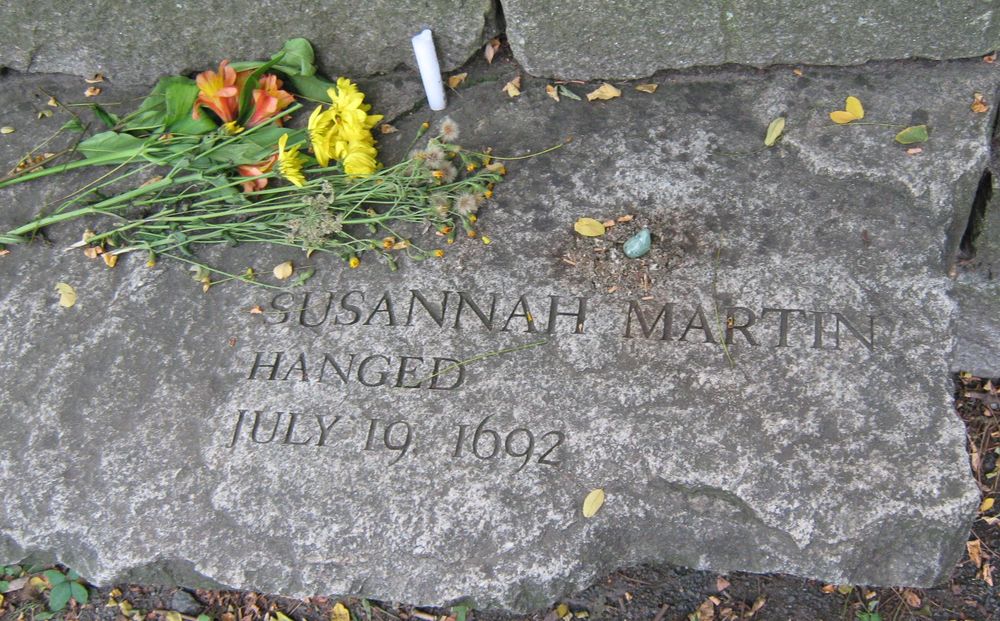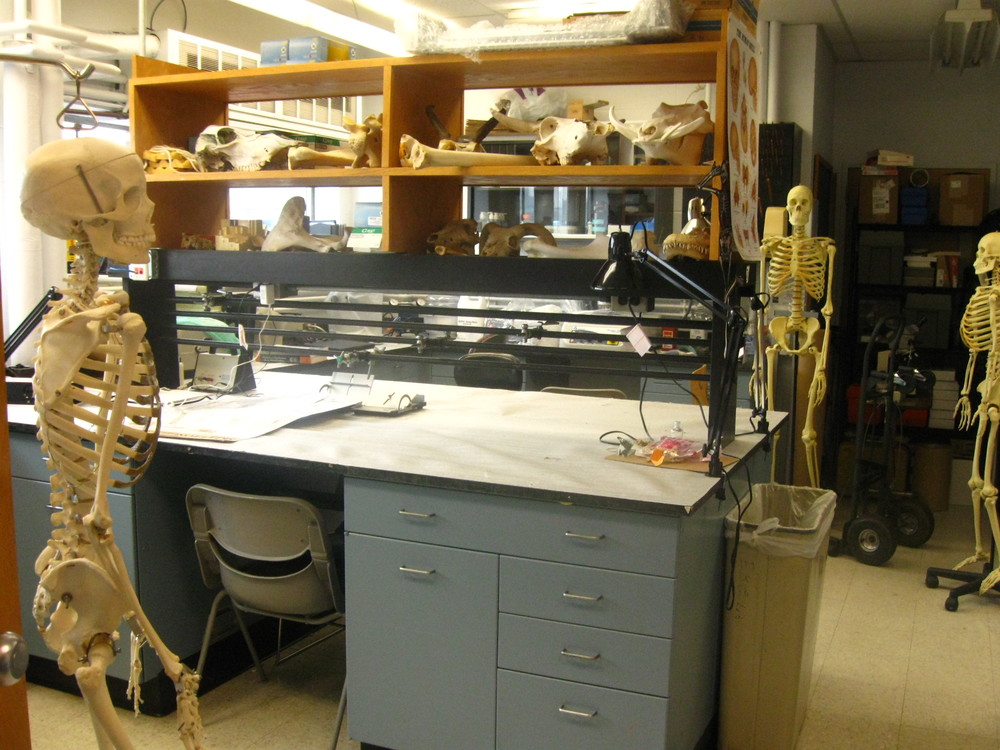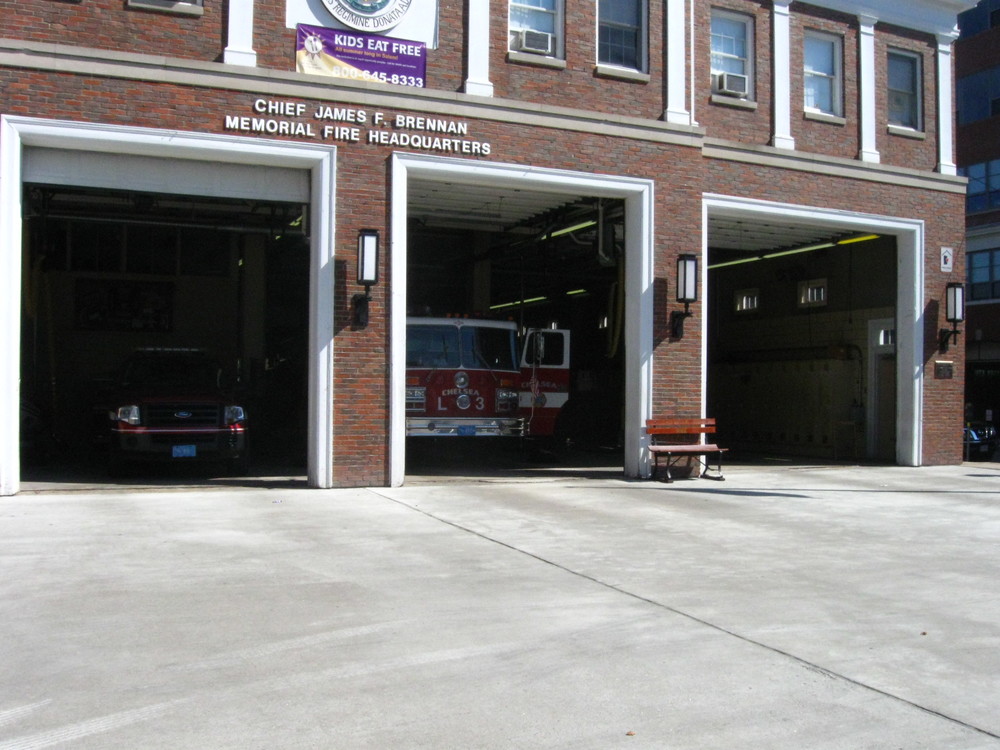The Salem Witch Trials Memorial ― Remembering Those Lost in 1692
/In 1692, led by the hysterical accusations of a handful of bored Puritan teenage girls, over one hundred and fifty innocent men and women were accused and imprisoned under the charge of witchcraft in Salem, Massachusetts. Of those, twenty-nine went to trial and all were found guilty. It was a true kangaroo court: The girls came to court to accuse their ‘tormentors’ and would often throw hysterical fits, claiming to see the spectral evidence of the devil, sent by the accused to attack them. If a verdict of not guilty was handed down, the testimony from the girls would simply continue until the jury could comfortably settle on a guilty verdict. From June to September of 1692, twenty innocents were publically executed under the pronouncement that they were witches, and at least another five perished due to the deplorable conditions of imprisonment in the witches’ dungeon.
All the victims except Giles Corey were hung at Gallows Hill; he was pressed to death. The law of the time demanded that your lands would be forfeit as soon as a plea of guilty or not guilty was entered for the charge of witchcraft. Knowing he would likely die, and in order to ensure that his lands were passed down to his family, Corey refused to enter any plea. The magistrates attempted to force a plea from him by strapping him under a wide plank or door and adding hundreds of pound of rocks to crush him into an admission. The story is told that Giles Corey remained silent for three days, slowly being crushed to death. His final words were simply ‘more weight’. After he died, his lands passed on to his children.
Was witchcraft really involved? Were these men and women tried for practicing the old Celtic traditions of the Goddess? No, the accused were all devout Christians, but the prevalent fear of the time that Satan actively walked the earth among them fueled the panic. Laurie Cabot, the official Witch of Salem puts it best when she describes the hysteria as “what can happen to a Christian community that succumbs to an irrational fear of the devil and projects this evil image onto members of the community”.
When the hysteria died down following the final deaths in September of 1692 and the close of the regional trials in 1693, calls for justice came from the community and petitions were filed to reverse the convictions of those who were convicted but not yet executed. Those who were still imprisoned were released and the community returned to normal. Years later, Ann Putnum, one of the girls involved in the hysteria, gave a public apology, stating that she had been deluded by Satan into denouncing innocent victims.
In 1992, on the three-hundredth anniversary of the trials, the City of Salem opened the Salem Witch Trials Memorial Park as a tribute the twenty victims killed in 1692. It is located adjacent to the historic Old Burying Point on Charter Street, where Jonathan Corwin and John Hawthorne, judges in the Salem Witch Trials, are buried. The park consists of a large area of open green space, surrounded on three sides by a granite wall. Six locust trees grace the center area, chosen intentionally as they are the last to flower in the spring and the first to lose their leaves in the fall, representing the stark injustice of the trials. Twenty cantilevered stone benches, one for each victim, encircle the park.
The entranceway to the memorial is carved with quotes from the victims, all emphatically stating their innocence and crying out to their God for help. Many of the quotes are abruptly cut short, just like those twenty lives.

Remembrances for the victims are left by visitors and members of the community alike ― fresh and dried flowers, candles, corn husk dolls, wreaths and hand written notes. The presence of the witchcraft community is felt as well. Pictured above is a crystal surrounded by small circle of charged herbs and flowers; this is a token from the very active witchcraft community of Salem.

A fresh red carnation lay on Rebecca Nurse's bench along with a florist’s card that read ‘In loving memory, from your great... granddaughter’ and a signature. It’s amazing to think that over 300 years later, relatives of those slain during the hysteria still come to remember them.
This park is also the centerpiece of the annual Samhain (Halloween) candlelight vigil and ceremony of the witchcraft community within Salem, the park being large enough to accommodate a circle of several hundred people. Each Samhain, a time when they consider the veil between this world and the next is at its thinnest, members of the community gather to celebrate and remember those that have gone before them, surrounded by the memory of those who were wrongly accused and executed.
In remembrance:
Bridget Bishop, hanged on June 10, 1692
Sarah Good, hanged on July 19, 1692
Rebecca Nurse, hanged on July 19, 1692
Susannah Martin, hanged on July 19, 1692
Elizabeth How, hanged on July 19, 1692
Sarah Wilds, hanged on July 19, 1692
George Burroughs, hanged on August 19, 1692
John Proctor, hanged on August 19, 1692
John Willard, hanged on August 19, 1692
George Jacobs, Sr., hanged on August 19, 1692
Martha Carrier, hanged on August 19, 1692
Giles Corey, pressed to death on September 19, 1692
Martha Corey, hanged on September 22, 1692
Mary Eastey, hanged on September 22, 1692
Alice Parker, hanged on September 22, 1692
Ann Pudeater, hanged on September 22, 1692
Margaret Scott, hanged on September 22, 1692
Wilmott Reed, hanged on September 22, 1692
Samuel Wardwell, hanged on September 22, 1692
Mary Parker, hanged on September 22, 1692















 COMPLETE!
COMPLETE! Planning
Planning